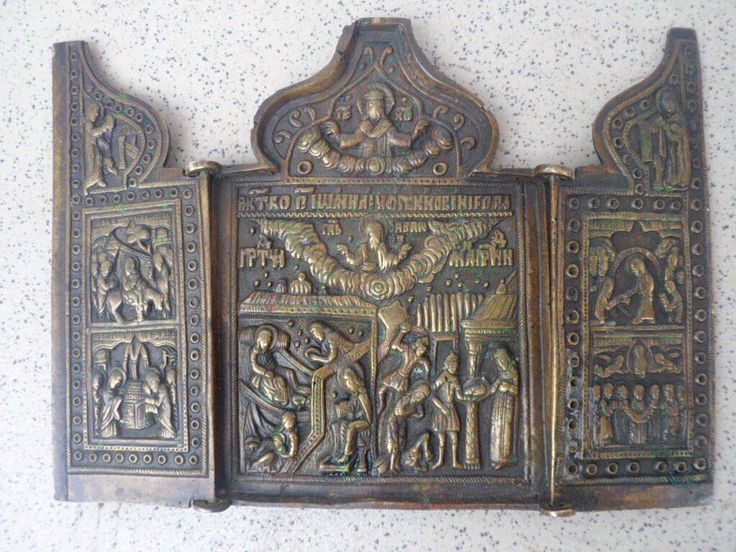The Russian Orthodox Church, an enduring bastion of Christian faith and cultural identity, stands as a monument to spirituality and tradition. This ecclesiastical institution, with its deeply rooted historical narratives and rich liturgical practices, has captured the imagination not only of its adherents but also of those intrigued by its distinctive rituals, divine icons, and the sociocultural tapestry of Russia itself.
Historically, the Russian Orthodox Church traces its genesis to the Christianization of Kievan Rus’ in 988 AD, a pivotal event that marked the inception of Eastern Orthodox Christianity in the region. The baptism of Prince Vladimir I of Kiev has been heralded as the beginning of the fusion between the Byzantine religious ethos and the Slavic pagan heritage. The church initially developed under the auspices of Constantinople, a relationship characterized by the exchange of theology, rituals, and ecclesiastical governance.
As time progressed, the Russian Orthodox Church began to assert its autonomy, culminating in the establishment of the Patriarchate of Moscow in 1589. This autonomy was not merely a spiritual endeavor but also a significant political force, intertwining the fates of religion and state as seen through the reigns of powerful leaders like Ivan IV and Peter the Great. The church became a symbol of national identity, often acting as a bulwark against foreign forces and ideologies, making it critically important during tumultuous historical epochs, such as the Mongol invasions and the Napoleonic wars.
At the heart of the Russian Orthodox experience lies its rich and profound rituals. The Divine Liturgy, the central act of worship, embodies the sacred confluence of heaven and earth. Conducted in Church Slavonic, the liturgy is a mosaic of prayer, hymnody, and sacramental elements designed to elevate the soul. The intricate choreography of the clergy, the emotive responses of the congregation, and the exquisite sounds of the choir converge to create an atmosphere steeped in reverence.
Moreover, the significance of the sacraments cannot be overstated. The Eucharist, or Holy Communion, occupies a preeminent position, representing the body and blood of Christ. This profound mystery is approached with a sense of awe and solemnity, as congregants partake in this holy communion, feeling an indelible connection to the Divine. Such experiences are underscored by a belief that through this sacramental life, believers may attain not only spiritual nourishment but also communion with God and fellow believers.
Icons, revered as windows to the divine, play a significant role within the Russian Orthodox tradition. These sacred images are not mere artistic creations; rather, they serve as conduits to the celestial realm. Traditionally painted on wooden panels, icons depict Christ, the Virgin Mary, and a myriad of saints, each imbued with theological significance. The color palettes, gestures, and facial expressions chosen by the iconographer are fraught with symbolism, inviting viewers to contemplate a deeper spiritual reality.
The veneration of icons extends beyond mere visualization. Rituals surrounding icons, such as the procession during feasts or the lighting of candles before them, form an integral part of Orthodox worship. Icons are often kissed and adorned with flowers, demonstrating the affection and devotion that the faithful harbor towards these sacred artifacts. The deep symbolism embedded within each icon bears witness to the intertwined nature of art and faith within the Orthodox experience.
Moreover, the architecture of the Russian Orthodox Church itself reflects profound theological and liturgical ideals. Characterized by onion domes, vibrant frescoes, and an opulent use of gold leaf, these edifices serve not only as places of worship but also as visual narratives of Holy Scripture and Orthodox beliefs. The use of light—both natural and theologically symbolic—transforms these spaces into sublime realms where the divine presence is palpably felt. Visitors often find themselves awed by the grandeur and beauty, evoking a sense of the sacred while inviting contemplation of the mysteries of faith.
In the contemporary landscape, the Russian Orthodox Church faces myriad challenges and opportunities within a rapidly changing society. Post-Soviet Russia has seen a revival of religious sentiment, as many have turned to the church for guidance amidst socio-political upheaval, economic strife, and cultural dislocation. The church’s role as a stabilizing entity is both a source of fascination and concern. Observers note its dual capacity to provide comfort while potentially intertwining itself with nationalist rhetoric.
Moreover, the church has expanded its outreach beyond national borders, establishing ties with Russian-speaking communities across the globe. This diasporic phenomenon adds another layer of complexity as it strives to maintain traditional practices while engaging with diverse cultural contexts. The challenge becomes one of preserving the essence of the faith while remaining relevant to an increasingly secular world. This tension fuels an ongoing dialogue regarding the intersection of tradition and modernity, allure and repulsion, within the collective consciousness.
In summation, the Russian Orthodox Church weaves a complex tapestry of faith, history, and culture that elicits profound reflection. Its rituals, steeped in ancient tradition, and its venerated icons remain not only pillars of personal devotion but also characteristics of a broader collective memory. Understanding this institution offers insight into the heart of a culture that has wrestled with its identity through centuries of change. Engaging with the Russian Orthodox Church opens avenues to explore the perennial quest for meaning, belonging, and the divine, resonating with the spiritual inquiries that persist across time and borders.



